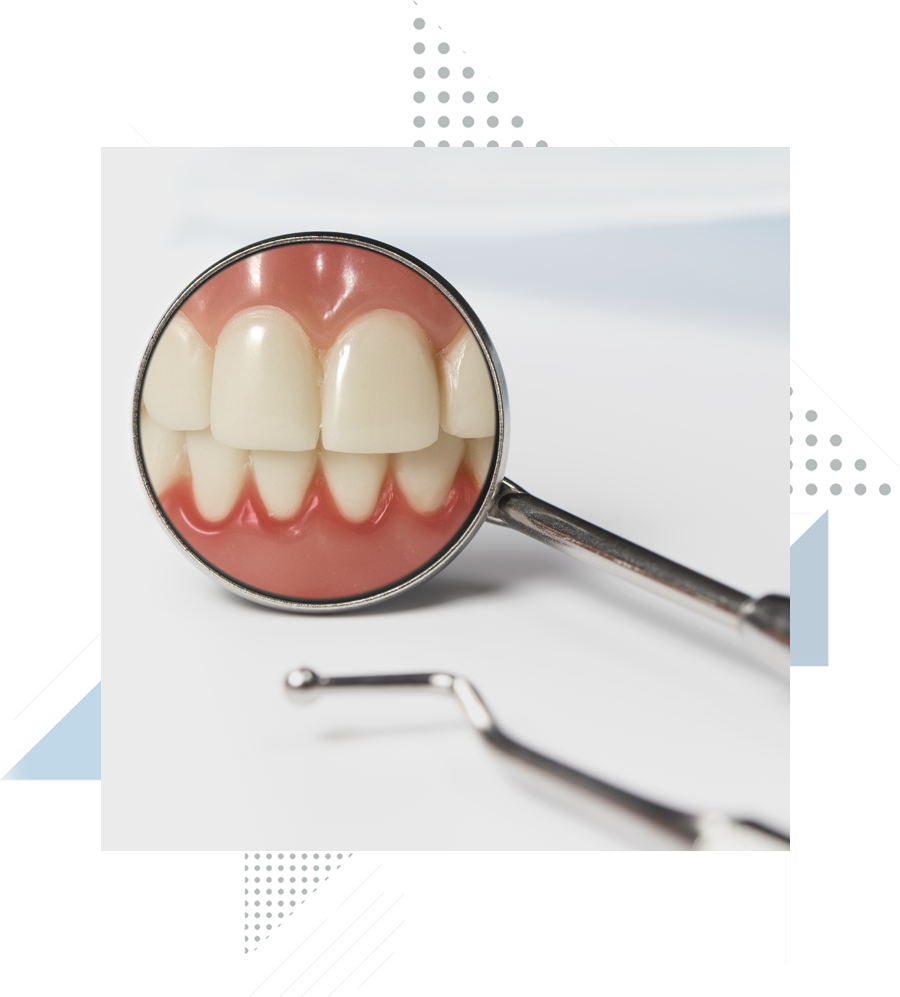What if I have some of the symptoms of gum disease?
If you have even a few of these symptoms of gum disease, you should see your dentist or a periodontist. He or she can diagnose whether or not you have gum disease. If you do, they will work with you to put together a treatment plan specifically for you. Treatment for gum disease has come a long way in recent years with several minimally invasive, pain-free treatments. You only get one set of teeth and taking care of them is crucial to your overall health, so the sooner you seek treatment, the better.



